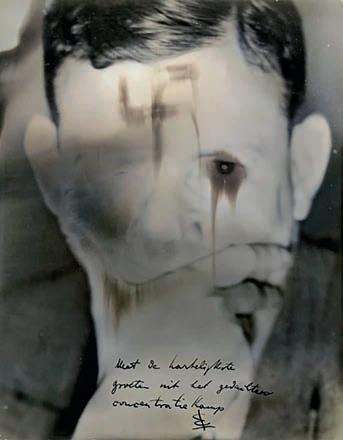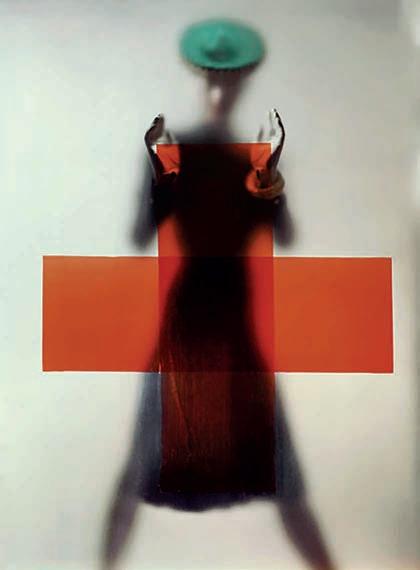
2 minute read
Au feu du désir même. André Velter and Ernest Pignon-Ernest. Poems attributed to Guillaume de La Mercie
Erwin Blumenfeld
PHOTO POCHE
12.5 × 19 cm 144 pages 68 black and white and color photographs softback photo poche n° 171 october 2022 retail price: 13.90 €
Emmanuelle de l’Écotais holds a PhD in art history and specialises in Man Ray’s work. In 2020, she created the Photo Days event in Paris, and became its artistic director. Since 2019, she has worked for the Photo Doc association, dedicated to new forms of documentary photography. She has previously worked as a curator at the Paris Modern Art museum from 2001 to 2018 and was head of the Man Ray collection at the Pompidou Center from 1994 to 1999. She has published a number of works, including L’Esprit Dada (Assouline, 1999), Man Ray (Taschen, 2000), and Man Ray. Rayographies (Léo Scheer, 2002).
Introduction by Emmanuelle de l’Écotais
Born in 1897 into a well-to-do Jewish family in Berlin, Erwin Blumenfeld only really took to photography in his forties. A tradesman like his father, he dutifully began working at the age of 16 after his father died. In his free time, he developed his own multifaceted artistic practices. Now a young father living in Amsterdam in the 1920s, he was inspired by futurist Dadaism and created his first Dadaist photomontages. When he discovered a dark room upstairs of his leather goods shop, he turned to photography and began taking portraits of the customers to his store, experimenting in narrow framing and half-lit sets according to the principles of the New Vision. In the early 1930s, with Hitler’s rise to power his work took on a darker tone and he would
Exhibition "Les Tribulations d’Erwin Blumenfeld" at the musée d’Art et d’Histoire du Judaïsme in Paris from october 2022 to March 2023. event
superimpose portraits of himself or of the dictator with skulls and swastikas. When his business went bankrupt in 1935, he went to live in Paris and finally acknowledged that he was a photographer in his own right, a practitioner of art for art’s sake. He frequented the Surrealists and his work was noticed by Cecil Beaton, who introduced him to the world of fashion so that he could feed it with his radically new vision of the world. Imprisoned several times, in France and in Morocco during the Second World War, he fled to New York with his family where he met with huge success. His modernist style combining fashion and art put his work on the front covers of Harper’s Bazaar and Vogue for more than twenty years. His never-ending experimentation with exposure times and filters, his cutout negative (derived from his passion for collage), his use of shadows and profile views - an artisanal prefigurement of Photoshop - produced avant-garde and remarkably contemporary images.











